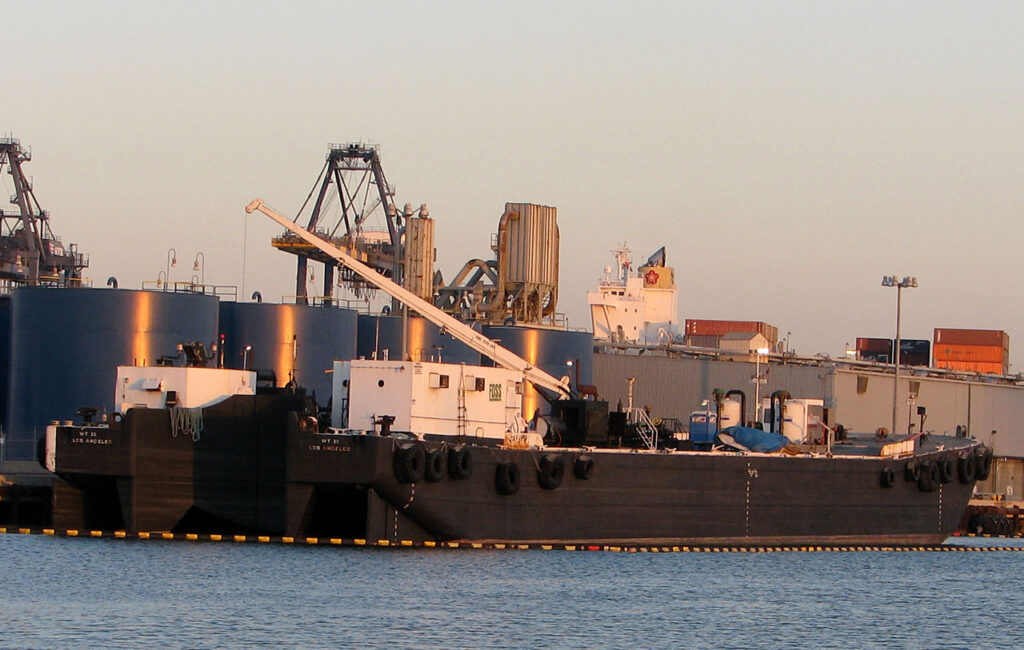Some 65 cargo ships carrying imported goods are stranded in the ports of Los Angeles and Long Beach. Sources say the two ports represent the entry point to the U.S. for 40 percent of all imported goods.
Christian Carlos. Pen 360 Press [P360P].

The delay is due to the fact that the US has recently opened its borders to foreign trade, including imports; however, the high number
